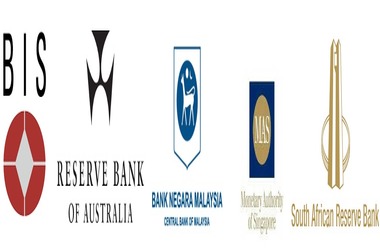
These multi-CBDC platforms will let financial institutions to trade directly with one another in cryptocurrencies developed by collaborating central banks, removing the need for middlemen and loss in terms of time and cost. The venture will collaborate with a number of partners to create functional models on several distributed ledger technology platforms.
It will also investigate various administrative and operational architectures that would allow central banks to use common CBDC infrastructures, leveraging the cooperation of public and private sector expertise in various domains and regions of activity. The objective of Project Dunbar is to investigate the international component of CBDC architecture and will assist the initiatives of the G20 vision for improving cross-border payments.
Its findings, which are anticipated to be released in the beginning of 2022, will help shape the creation of upcoming platforms for international and regional settlements. Technical models of the shared platforms will be shown during the Singapore FinTech Festival in November 2021, created in cooperation with various tech partners.
Andrew McCormack, Centre Head of the BIS Innovation Hub Singapore Centre, said “Project Dunbar links central banks with years of expertise and distinct views in CBDC initiatives, as well as industry stakeholders in advanced phases of technological development for digital currencies. We are sure that our effort on multi-CBDCs for international settlements will live up to expectations in this next phase of CBDC testing and build the groundwork for global payments connection with this collection of competent and enthusiastic partners.”
Michele Bullock, Assistant Governor (Financial System) of the Reserve Bank of Australia, commented as follows: “We are delighted to be working with the BIS Innovation Hub and our central bank colleagues on this ambitious mission to investigate how a common platform for several CBDCs might be used to maximize the performance, cost, and openness of wholesale cross-border activities. Improving cross-border payments has turned out to be a top priority for the global regulatory community, and it is something we are dead set on in our domestic policy formation.”
